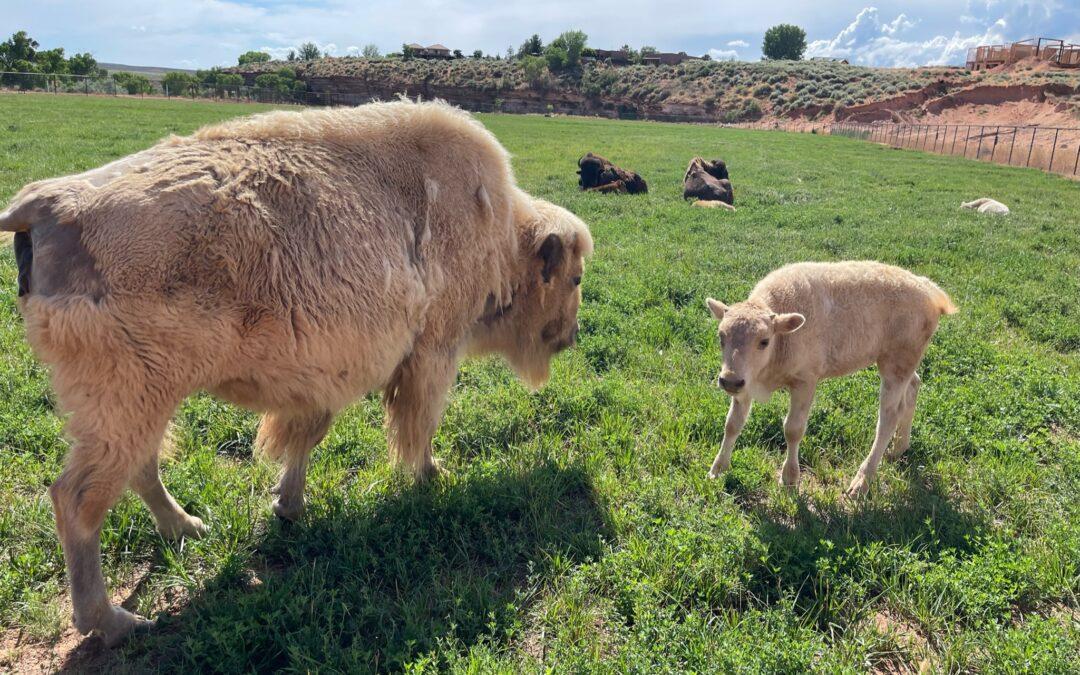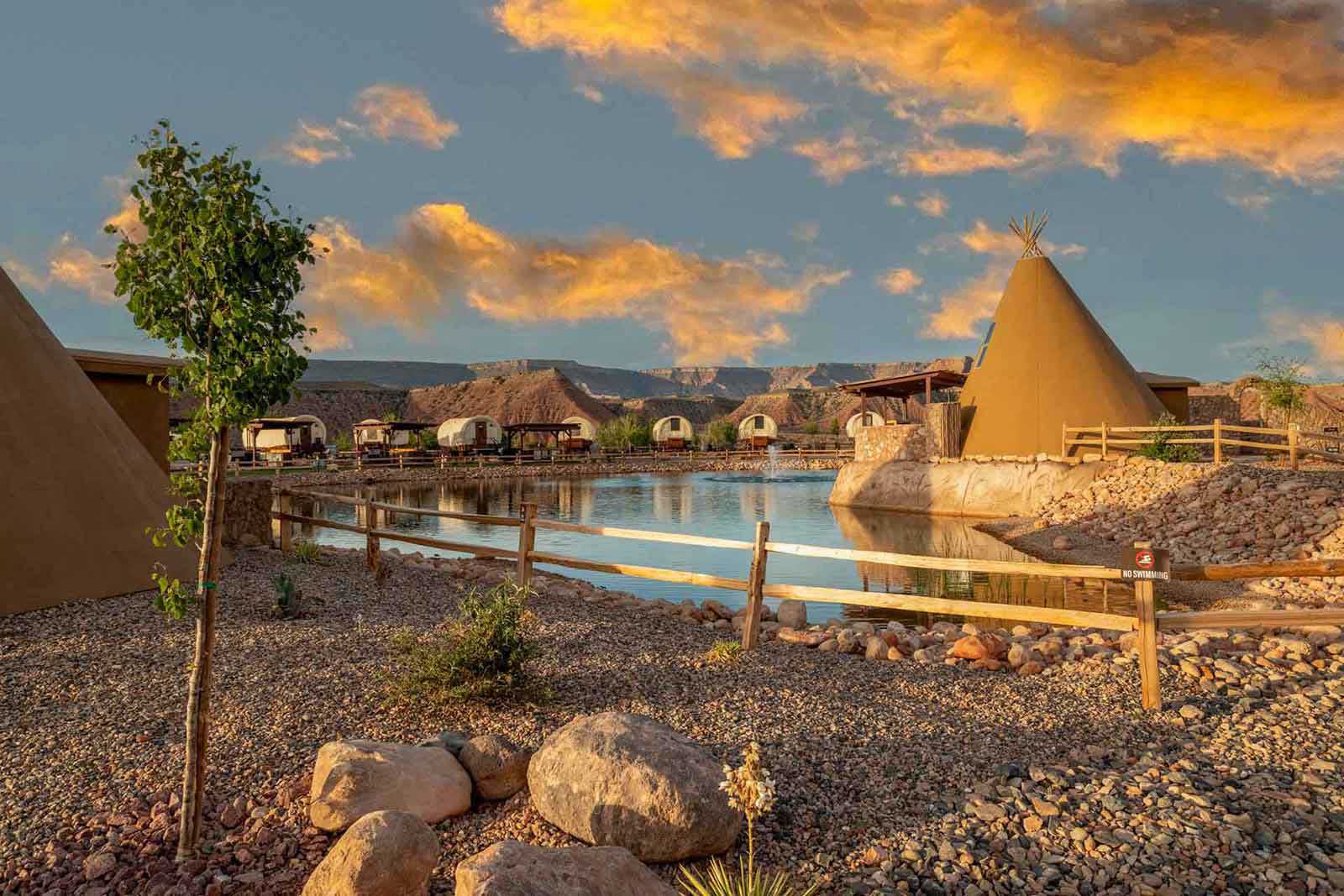Discover the Legend: White Bison and Their Place in Culture
White bison are revered in Native American culture, symbolizing unity, peace, and hope. These rare animals inspire countless myths, teaching us about the balance between humanity and nature. For generations, white bison have bridged people with the Earth through powerful stories of harmony.
The Sacred Role of the White Bison
In various Indigenous tribes, like the Lakota and Sioux, the white bison is a revered spiritual symbol. The legend of the White Buffalo Calf Woman tells of a white bison sent as a sacred messenger, bringing wisdom about balance and respect for nature. Encountering a white bison in real life is often described as witnessing a piece of cultural heritage. To learn more, visit Zion White Bison Resort and explore their conservation efforts.
White Bison and Cultural Heritage
Furthermore, the white bison embodies resilience and unity. Indigenous teachings surrounding the white bison remind communities of interconnectedness, instilling values of respect for nature and traditions that sustain the Earth. These stories are passed down through generations, reinforcing the importance of ecological harmony. For example, Snowflake, a rare white bison calf, brings renewed hope and a sense of connection to these ancient values.
Conservation Efforts and the Future of White Bison
Today, many sanctuaries work to preserve these incredible animals, providing visitors with opportunities to engage with Indigenous stories and understand the importance of protecting rare species. Each new white bison calf symbolizes the ongoing commitment to preserving both natural heritage and cultural wisdom. At Zion White Bison Resort, you can witness the power of this legacy firsthand.
Conclusion
In essence, the white bison represents unity, peace, and respect for all life. Encountering a white bison allows people to partake in a tradition that celebrates nature and cultural history. The white bison continues to bridge past and present, inspiring a commitment to the Earth and its ecosystems for future generations.


